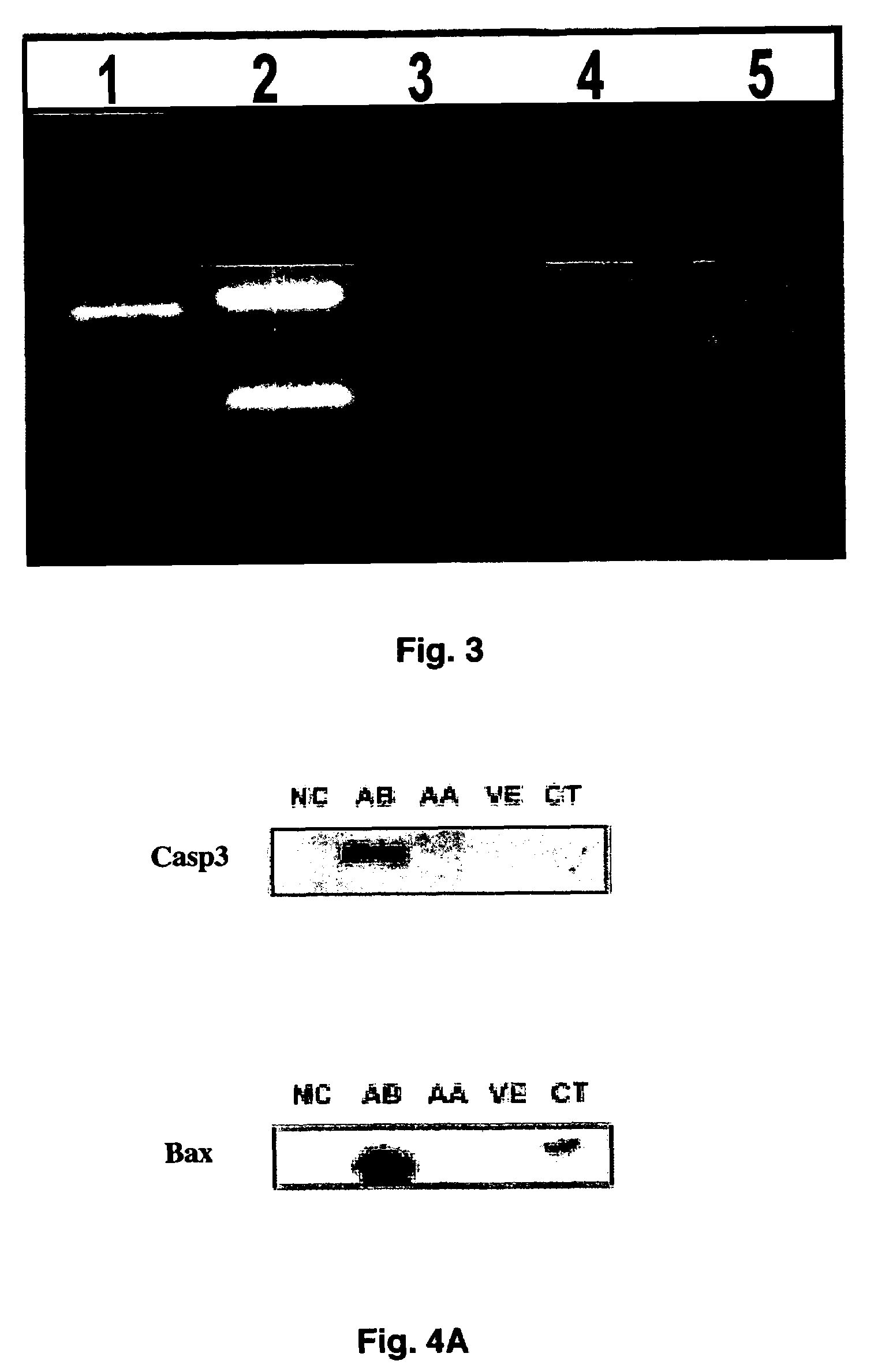Maternal multi-nutrient against diabetes-related birth defects
a multi-nutrient and diabetes technology, applied in the field of congenital malformation research, can solve the problems of spina bifida, common birth defect, difficult to achieve and maintain euglycemia, etc., and achieve the effect of reducing the rate of embryonic malformation and altering the embryo level of activated erks
- Summary
- Abstract
- Description
- Claims
- Application Information
AI Technical Summary
Benefits of technology
Problems solved by technology
Method used
Image
Examples
example 1
Maternal Diabetic Model
[0041]In order to study maternal diabetes-associated embryopathy, an animal model has been generated in which streptozotocin (STZ) is used to induce diabetes in female rats. Their glucose levels are controlled by reintroducing insulin in the form of a removable, implanted pellet. This type of animal model, which has been widely used, has a number of advantages over spontaneous diabetic animal models. First, glucose levels can be controlled by changing the amount of insulin introduced. Second, diabetes can be induced at desired developmental stages by removing the insulin pellet at appropriate time. Similar mouse models have also been used by other researchers in this field with similar reported outcomes.
[0042]To induce diabetes, 8-week-old Sprague-Dawley female rats are injected with 65 mg / kg of streptozotocin via the tail vein. Blood glucose levels are monitored daily (by tail vein puncture using a lancet) using a Prestige Smart blood glucose meter (Home Diag...
example 2
Maternal Diabetes Correlates with Increased Embryo Malformation Rates
[0049]To investigate the effects of maternal hyperglycemia on embryonic malformations, the investigators employed a rat model that induces diabetes by streptozotocin (STZ). Subcutaneously implanted insulin pellets maintained euglycemia at the time of mating. On day 4 of pregnancy, the insulin pellets were removed, and the developing embryos were exposed to hyperglycemia during organogenesis (days 9-12). To maintain a euglycemic control, insulin pellets were retained in the body during the entire experimental course. On day 12, both sets of rats were euthanized, embryos were dissected out of the uteri for examination, and each embryo's yolk sac was collected for biochemical and molecular analyses.
[0050]After removal from the dams, embryos were examined under a dissecting microscope and assessed for morphological malformations in a number of categories to determine the effects of maternal hyperglycemia. Embryos were ...
example 3
Hyperglycemia Induces Embryonic Malformations In Vitro
[0052]To further test whether hyperglycemia plays a role in increased malformation rates in the embryos, an in vitro embryo culture model was used in which experimental conditions can be precisely controlled. Embryos at E10 were cultured in control medium consisting of 80% (vol / vol) rat serum in which glucose concentration was 150 mg / dl. Embryos were treated with various concentrations of glucose. After 24 hours of culture, control embryos developed normally into E11-like embryos. However, embryos treated with high concentrations of glucose (300 mg / dl, 600 mg / dl, and 950 mg / dl) exhibited abnormalities of the neural tube, heart, pericardium, and body flexion (FIG. 2). These phenotypes are similar to those seen in in vivo maternal diabetes experiments, indicating that hyperglycemia directly affects embryonic development in vitro in a manner corresponds to that seen in vivo. These experiments demonstrate that high concentrations of ...
PUM
| Property | Measurement | Unit |
|---|---|---|
| concentration | aaaaa | aaaaa |
| concentrations | aaaaa | aaaaa |
| concentrations | aaaaa | aaaaa |
Abstract
Description
Claims
Application Information
 Login to View More
Login to View More - R&D
- Intellectual Property
- Life Sciences
- Materials
- Tech Scout
- Unparalleled Data Quality
- Higher Quality Content
- 60% Fewer Hallucinations
Browse by: Latest US Patents, China's latest patents, Technical Efficacy Thesaurus, Application Domain, Technology Topic, Popular Technical Reports.
© 2025 PatSnap. All rights reserved.Legal|Privacy policy|Modern Slavery Act Transparency Statement|Sitemap|About US| Contact US: help@patsnap.com



